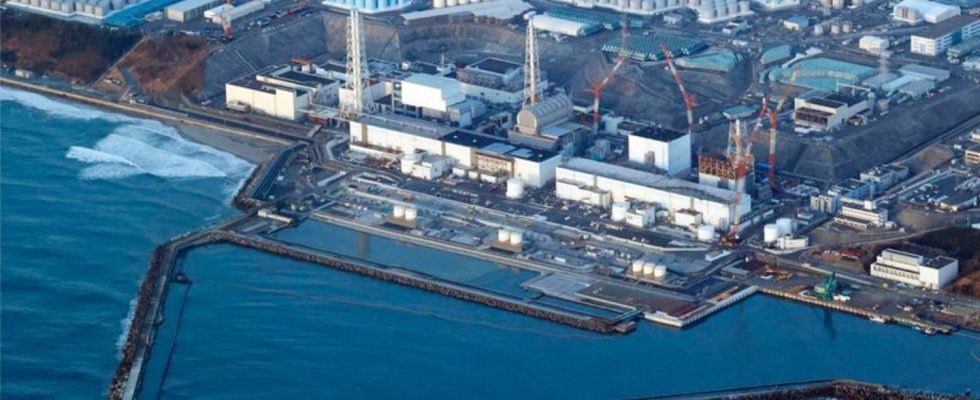nuclear accidents
Fukushima dump: Hackers attack Japan’s nuclear lobby
Japan plans to start discharging treated cooling water from the Fukushima nuclear facility soon. Seafood will then be tested daily for radioactive tritium. photo
© Shohei Miyano/Kyodo News/AP/dpa
The implementation of the plans is imminent: despite widespread criticism, the operator of the Fukushima nuclear ruins wants to discharge radioactive water into the sea. Now a well-known hacker group is on the scene.
Before the dumping, which is expected to begin towards the end of this month, the water from the nuclear ruins will be filtered. However, the system cannot filter out the radioactive isotope tritium. The water should therefore be greatly diluted. According to the International Atomic Energy Agency (IAEA), there is no danger to humans or the environment. According to Japanese media reports, Prime Minister Fumio Kishida will probably decide on Sunday when the dumping will begin.
In 2011, an earthquake and tsunami caused a core meltdown at the Fukushima Daiichi nuclear power plant. The destroyed reactors still have to be cooled with water stored in tanks. There are now more than 1.3 million tons stored there. According to the operating company Tepco, the space on the site is gradually running out. The Japanese government therefore decided that the contaminated cooling water should be channeled into the sea via a one-kilometer tunnel specially built for this purpose in the Pacific Ocean. The dumping of the huge amounts is estimated to take around 30 years.

